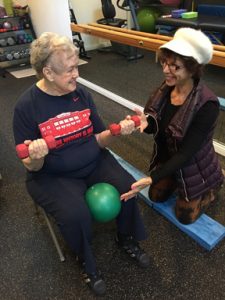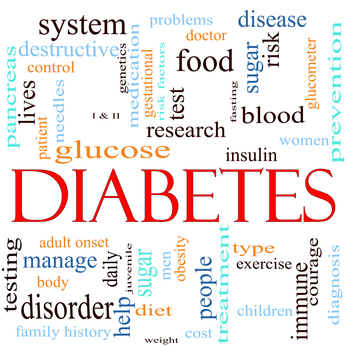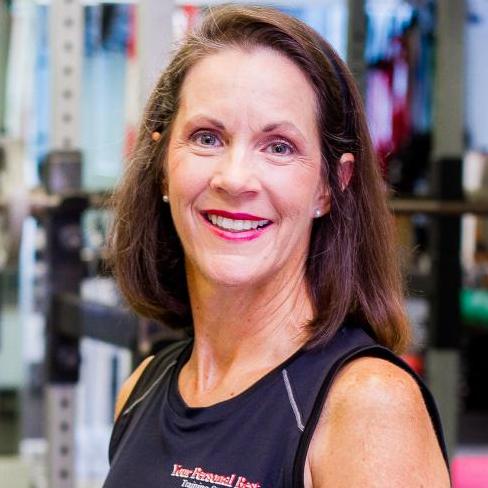Member Spotlight: Mary Ludlow, Personal Trainer and Nutrition Coach in El Segundo, CA
Mary has 20 years of experience in the industry, and has worked with many populations with ages ranging from 30s to 80s. She specializes in hip and knee strengthening post-PT/surgery.


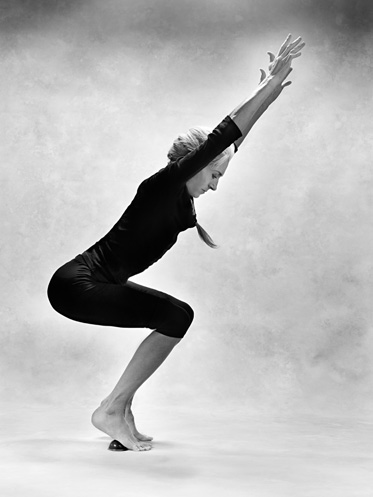
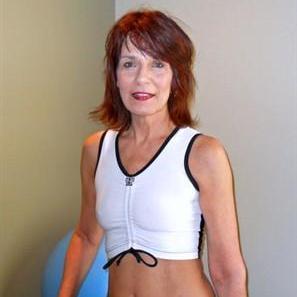
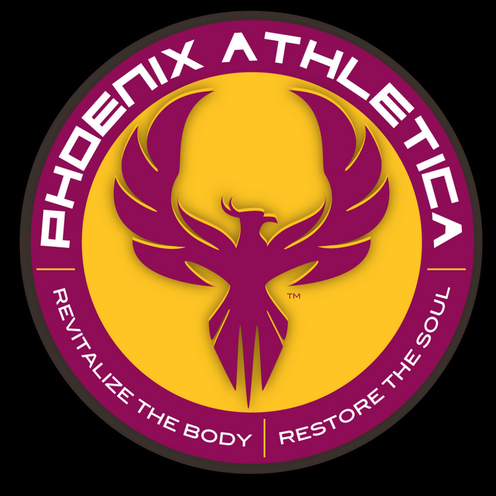
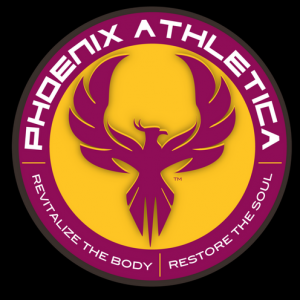 Name: Phoenix Athletica
Name: Phoenix Athletica
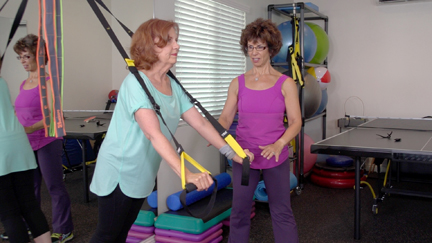
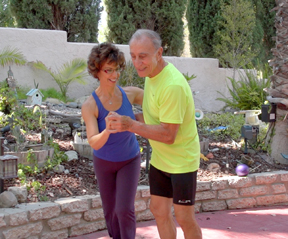 What is your favorite activity or class to participate in?
What is your favorite activity or class to participate in?